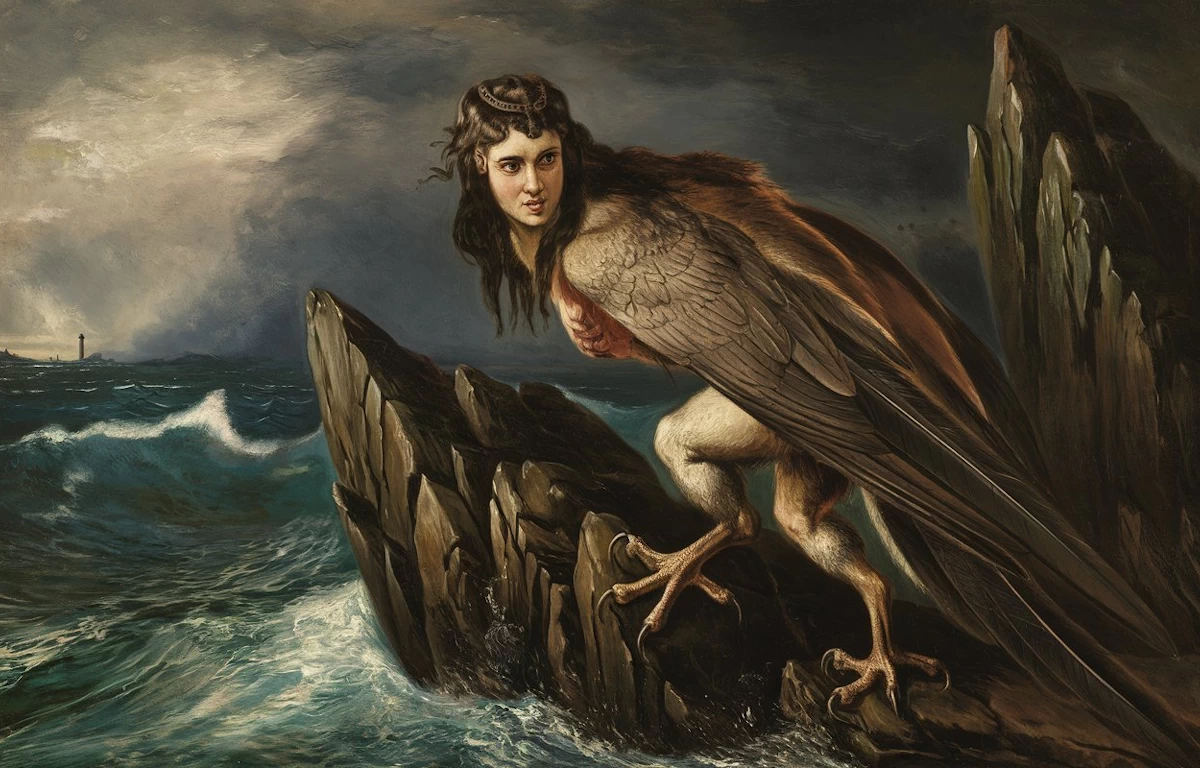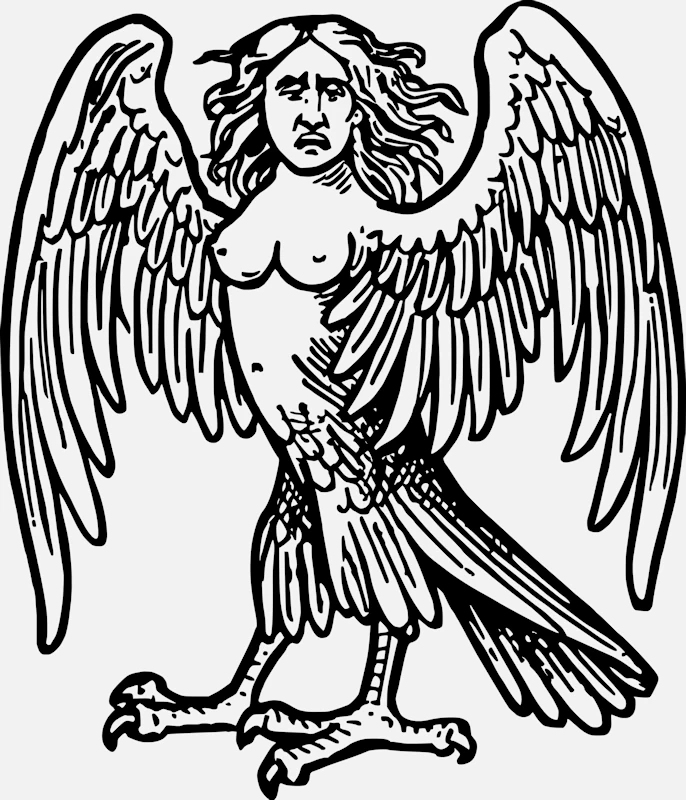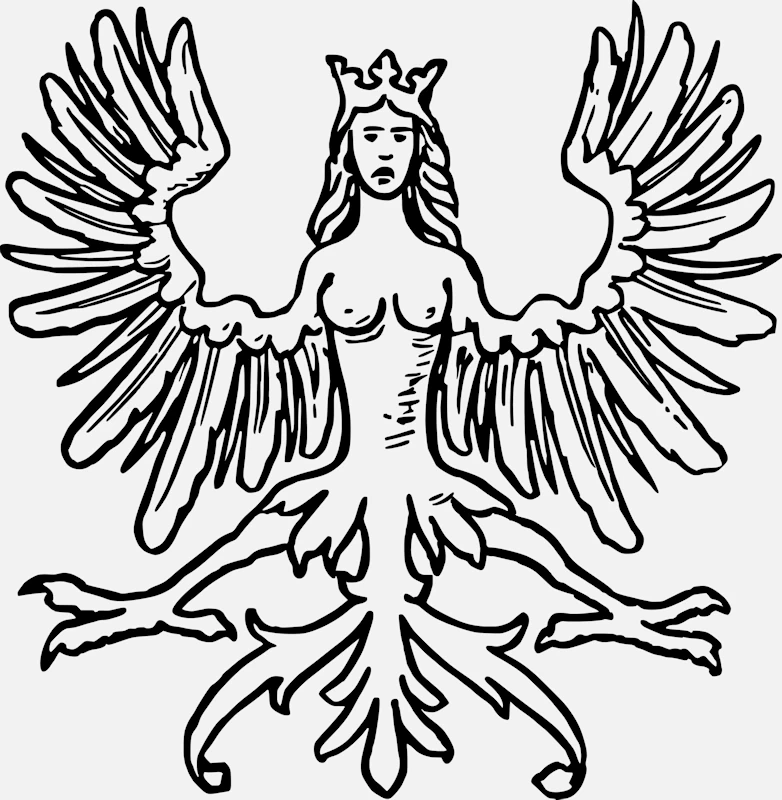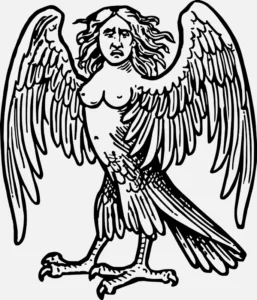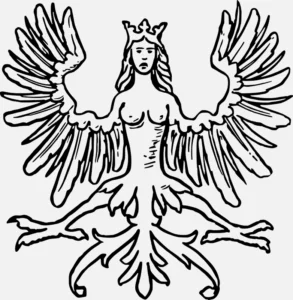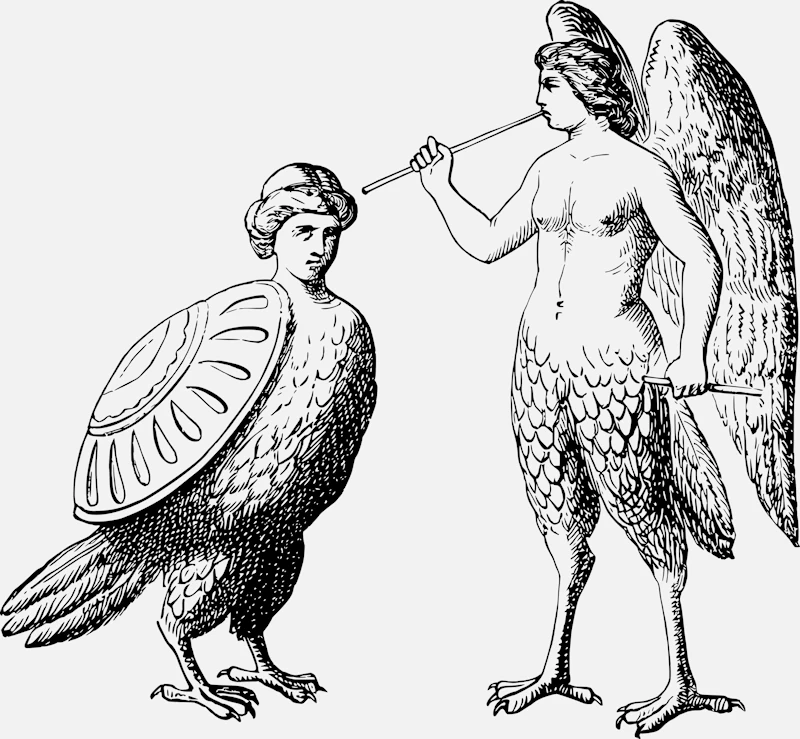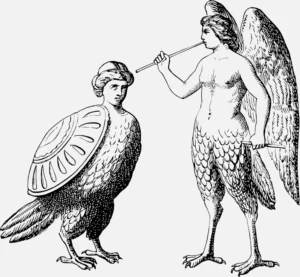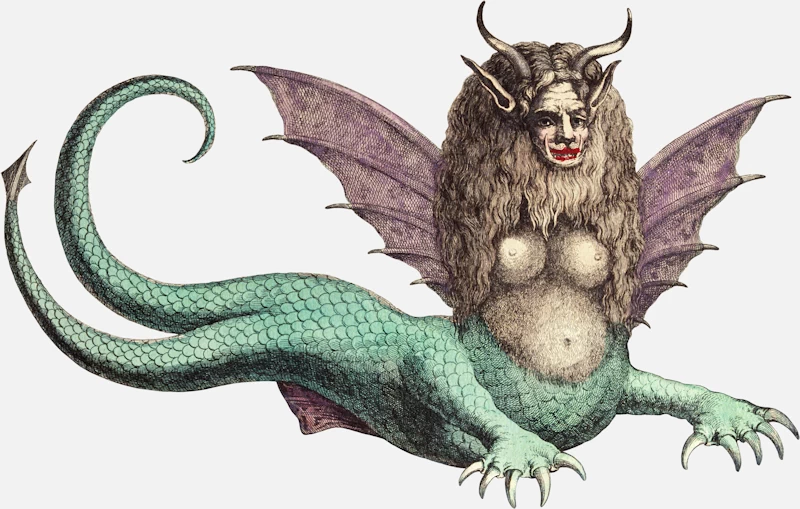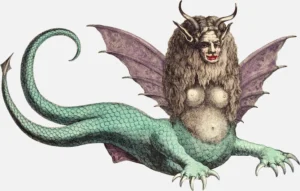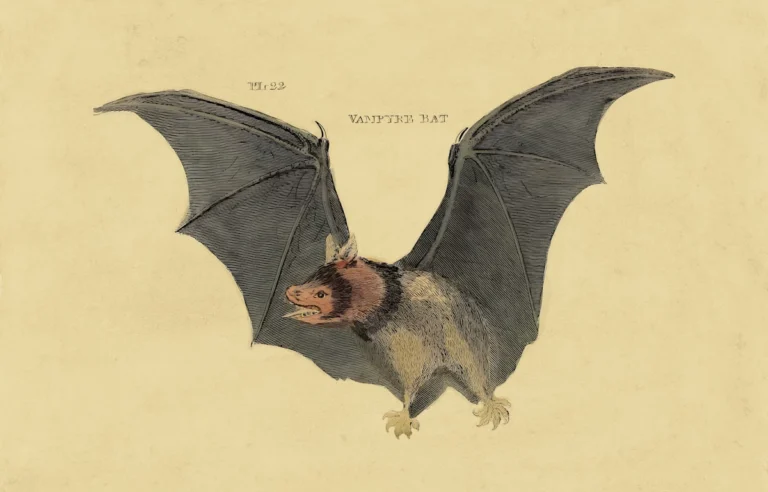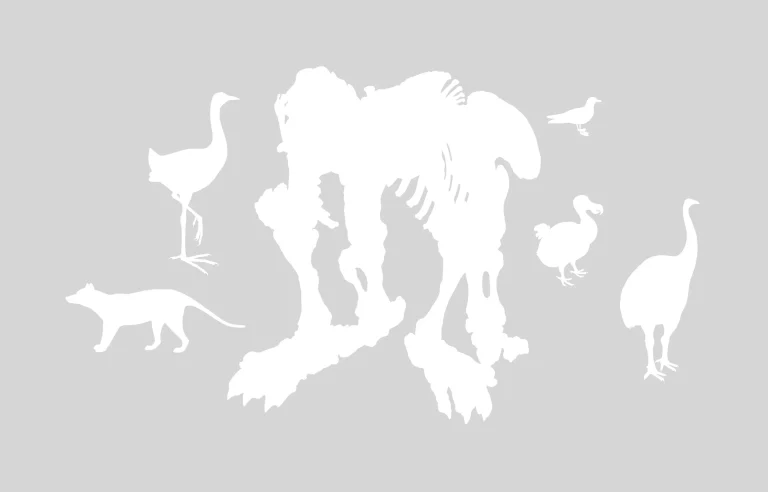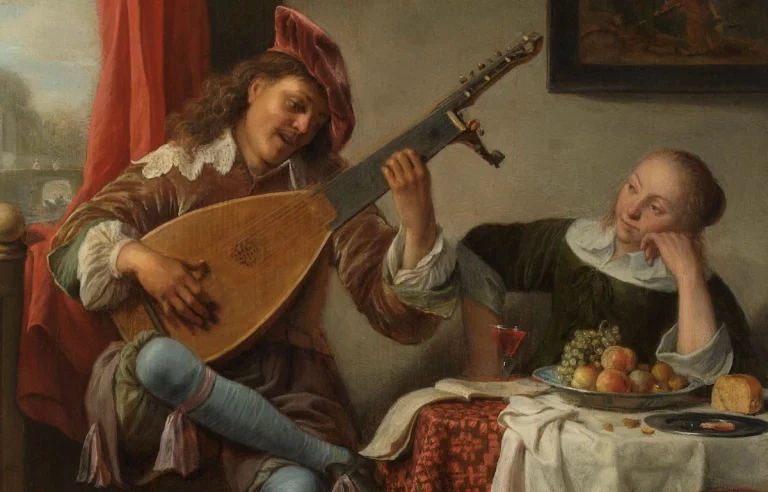Harpies: The Winged Monsters of Greek Mythology
Imagine walking through an ancient Greek forest, the scent of damp earth and pine filling the air. The sky darkens as storm clouds swirl overhead, and a sudden gust of wind sends a shiver down your spine. Then, without warning, a monstrous figure plunges from the heavens—a creature with the massive, ragged wings of a vulture and the piercing wail of a tormented soul. Its beady eyes lock onto you, talons outstretched, ready to snatch you away into the storm. This isn’t just a nightmare—it’s a harpy, one of the most fearsome beings of Greek mythology.
Greek mythology is brimming with gods, heroes, and monsters, but few creatures are as unsettling as harpies. These winged terrors were more than just thieves; they were divine enforcers, snatching food, abducting wrongdoers, and delivering punishment at the gods’ command. Feared for their relentless nature, harpies have haunted myths for centuries, their legend surviving through ancient tales, historical propaganda, and even modern fantasy.
Origins and Characteristics
The word “harpy” comes from the Greek harpyiai, meaning “snatchers” or “robbers.” This is no coincidence—harpies were not mere tricksters but supernatural predators. Though descriptions varied, they were typically portrayed as monstrous hybrids, their bodies resembling enormous vultures or eagles, their heads twisted into cruel, human-like visages. With razor-sharp claws, soulless eyes, and a shriek that could curdle blood, harpies were relentless hunters, descending on their victims like a violent storm from the heavens.
Born from the union of Thaumas, a sea god, and Electra, an Oceanid nymph, harpies were sisters to Iris, the swift and beautiful goddess of the rainbow. But while Iris carried messages between gods and mortals, her harpy siblings took on a far darker role. Some early depictions painted them as winged women of eerie beauty, but over time, their image became increasingly grotesque. By the Roman era, harpies were universally seen as ghastly, birdlike creatures—omens of doom and merciless agents of divine retribution.
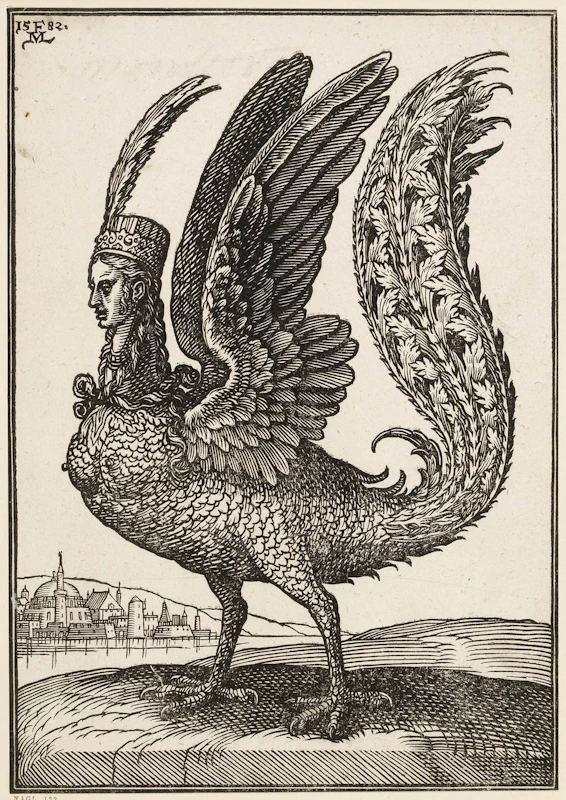
Melchior Lorch (1582)
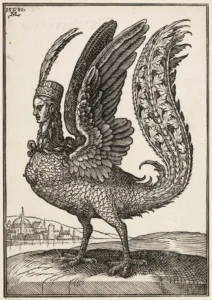
Melchior Lorch (1582)
Famous Myths Featuring Harpies
One of the most famous stories involving harpies is the tale of King Phineus. Gifted with the power of prophecy, Phineus angered Zeus by revealing divine secrets to humankind. His punishment? A lifetime of hunger. Every time he tried to eat, the harpies would swoop in, either stealing his food outright or spoiling it with their filthy talons. His suffering might have been eternal had it not been for the Argonauts, legendary heroes on a quest for the Golden Fleece. Among them were Zetes and Calais, sons of the North Wind, who could fly. The brothers chased the harpies away, finally granting Phineus the peace—and the meal—he so desperately craved.
Another tale tells of Pandareus, a king who made the mistake of stealing a sacred bronze dog from Zeus’s temple. As punishment, the harpies were sent to snatch away his daughters, delivering them to the Furies—fearsome spirits of vengeance. In this role, the harpies were less mindless monsters and more divine executioners, ensuring that no crime against the gods went unpunished.
Harpies as Symbols of Chaos and Judgment
More than just terrifying creatures, harpies carried powerful symbolic meaning. Their reputation as food thieves made them warnings against greed and gluttony, a reminder that excess invites misfortune. Their association with the wind—wild, uncontrollable, and ever-changing—symbolized the unpredictable twists of fate. One moment, fortune might smile upon you; the next, a harpy could sweep in and snatch it all away.
In medieval bestiaries—books cataloging real and mythical creatures—harpies took on a moralistic role. Their vulture-like features and scavenger nature made them symbols of sin, temptation, and moral decay. If a harpy appeared in a story, it often signaled divine punishment or an impending downfall.
Harpies in History: The Case of Marie Antoinette
Harpies did not remain confined to the realm of mythology. In the chaos of the French Revolution, they took on new life through political propaganda. Queen Marie Antoinette, already despised for her perceived extravagance, was frequently depicted in pamphlets and cartoons as a harpy—wings spread wide, talons digging into the heart of France. This monstrous portrayal reinforced public resentment, making her seem not just out of touch but predatory, a force of destruction rather than leadership.
This isn’t an isolated example. Throughout history, powerful or controversial women—Cleopatra, Catherine the Great, even modern female politicians—have been vilified through monstrous imagery, often compared to harpies, witches, or sirens. The harpy, it seems, has long served as a convenient tool for turning women into figures of fear and loathing.
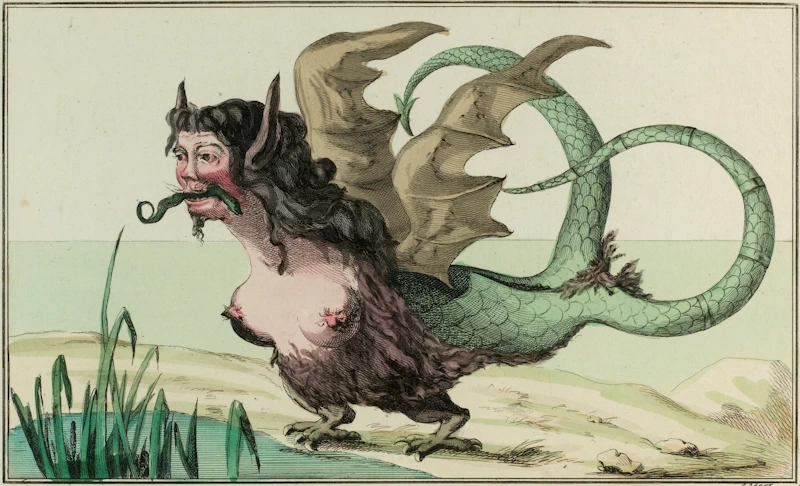
Anonymous (1784)
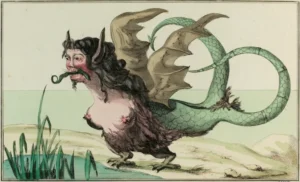
Anonymous (1784)
Harpies in Modern Culture
Even today, harpies continue to appear in books, games, and films. In Dungeons & Dragons, they are terrifying foes, using their enchanting voices to lure victims to their doom. The Witcher series features harpies as vicious winged predators haunting battlefields. In Percy Jackson & the Olympians, harpies act as guards and enforcers, reimagined with a slightly more complex role. The Clash of the Titans films and various fantasy novels also breathe new life into these creatures, keeping their legend alive.
Interestingly, modern interpretations sometimes take a more sympathetic view. Some stories portray harpies as cursed beings rather than inherently evil, forced into their roles by fate rather than malice. Others reclaim their aggression as a form of empowerment, shifting the narrative from monstrous villain to fierce, independent force. Once seen as a symbol of unchecked rage, the harpy is now occasionally celebrated as an emblem of strength and defiance.
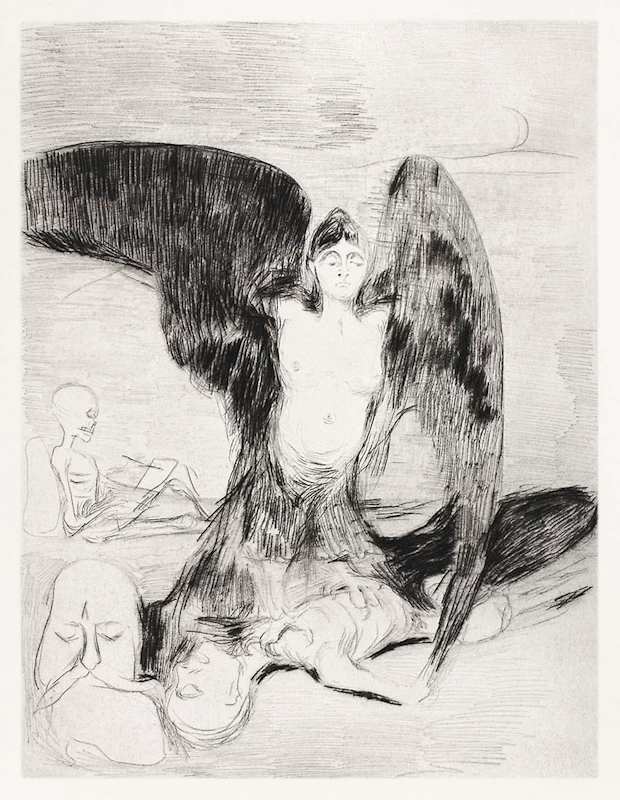
Edvard Munch (1894)
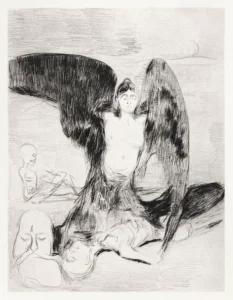
Edvard Munch (1894)
The Enduring Fascination with Harpies
So why do harpies continue to capture the imagination, thousands of years after they first took flight in myth? Perhaps because they embody something primal—our fear of the unknown, our anxieties about fate, and the ways in which powerful women have been demonized throughout history. Whether feared as monstrous tormentors or reimagined as misunderstood antiheroes, harpies remain as unpredictable as the winds they ride. As long as stories are told, these winged figures will continue to soar through the realm of legend, ready to strike when least expected.
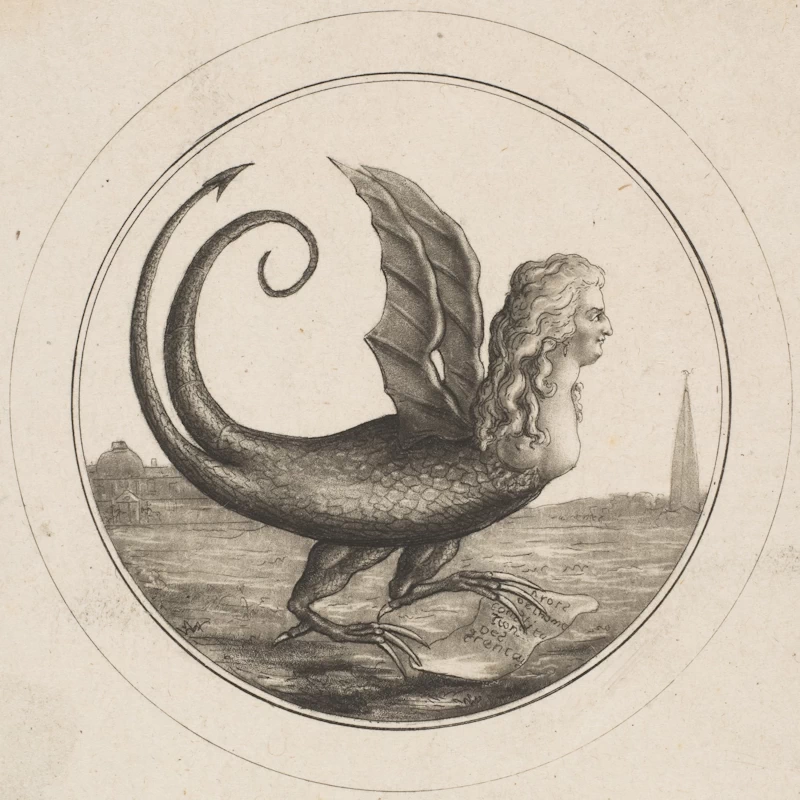
Anonymous (late 18th century)
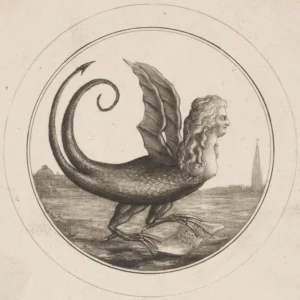
Anonymous (late 18th century)


